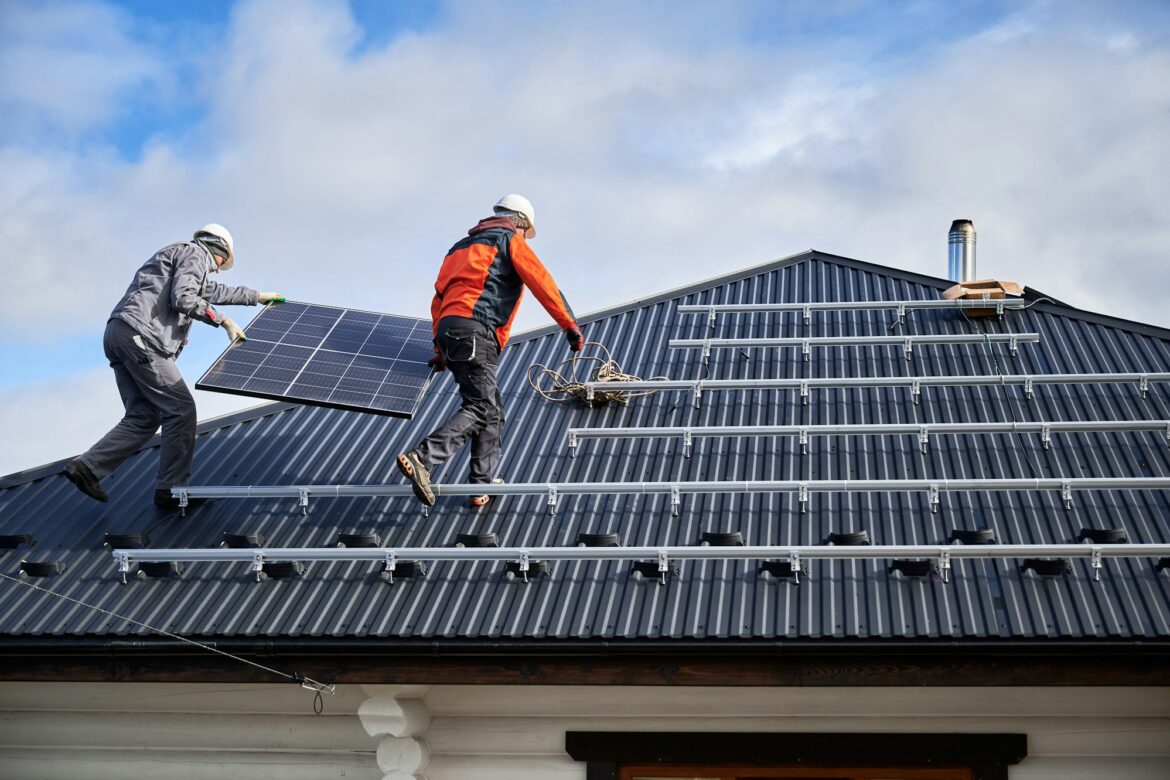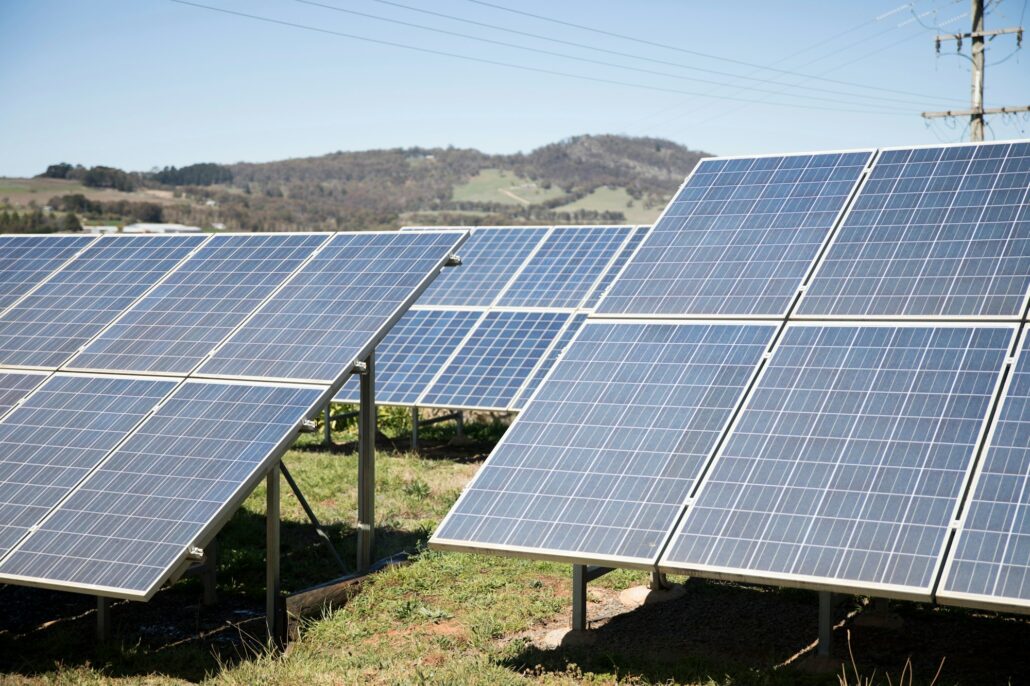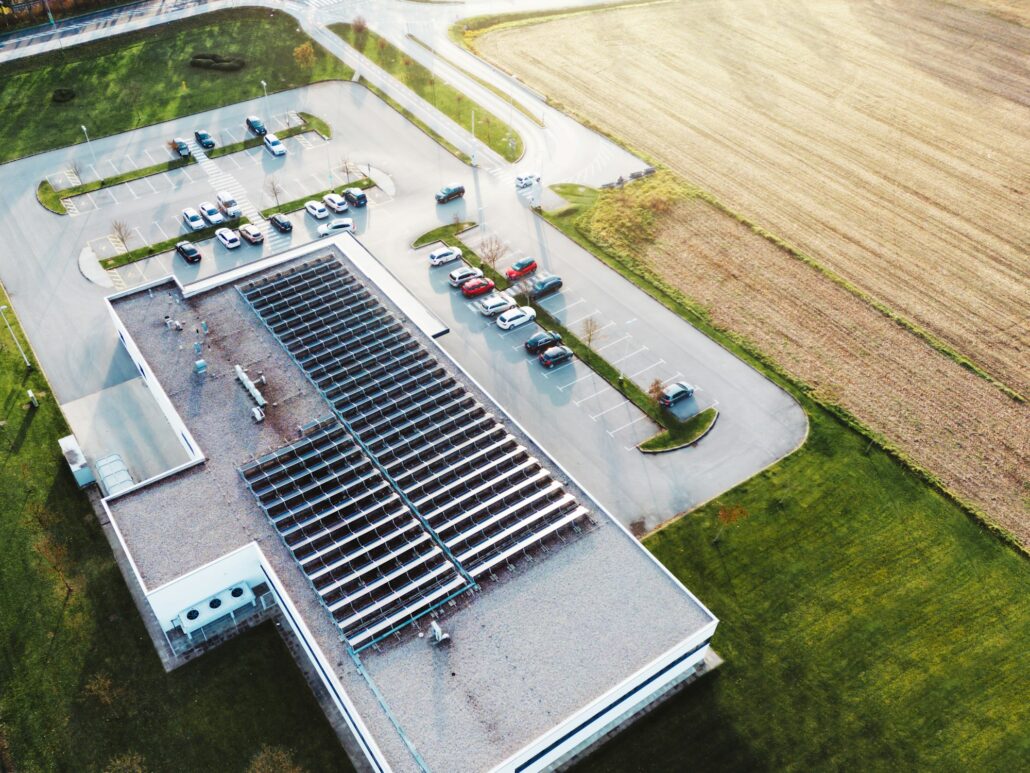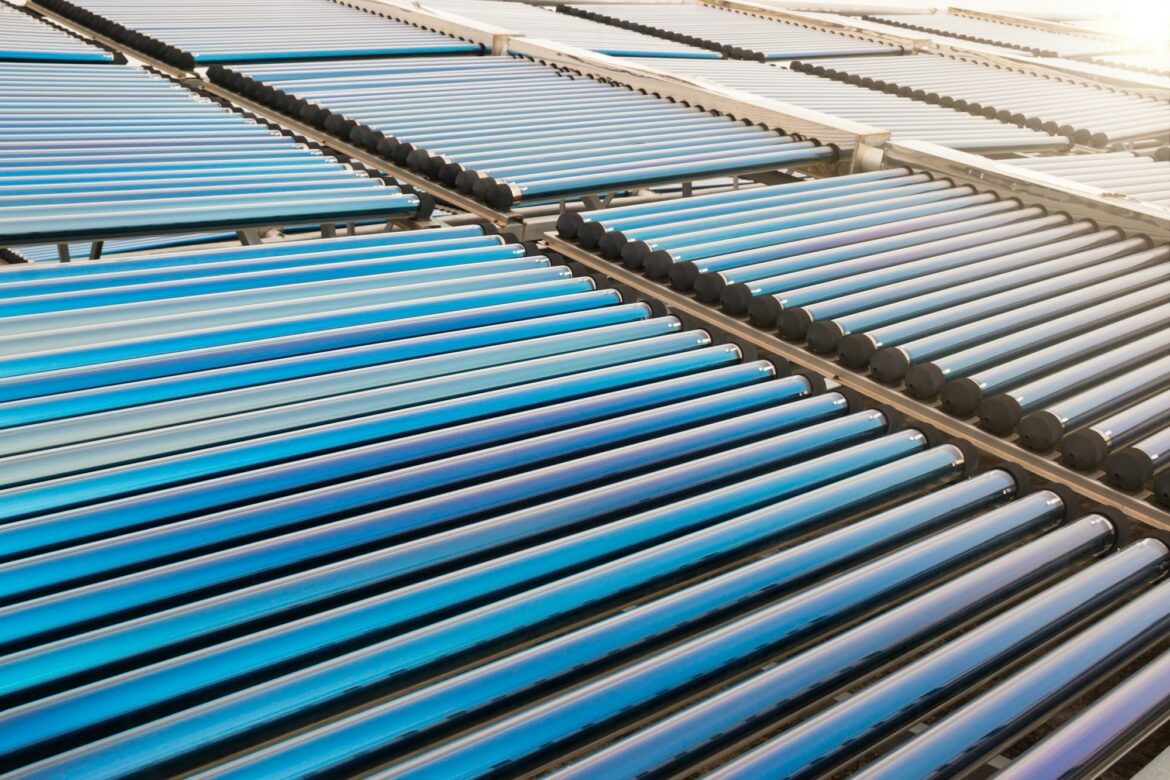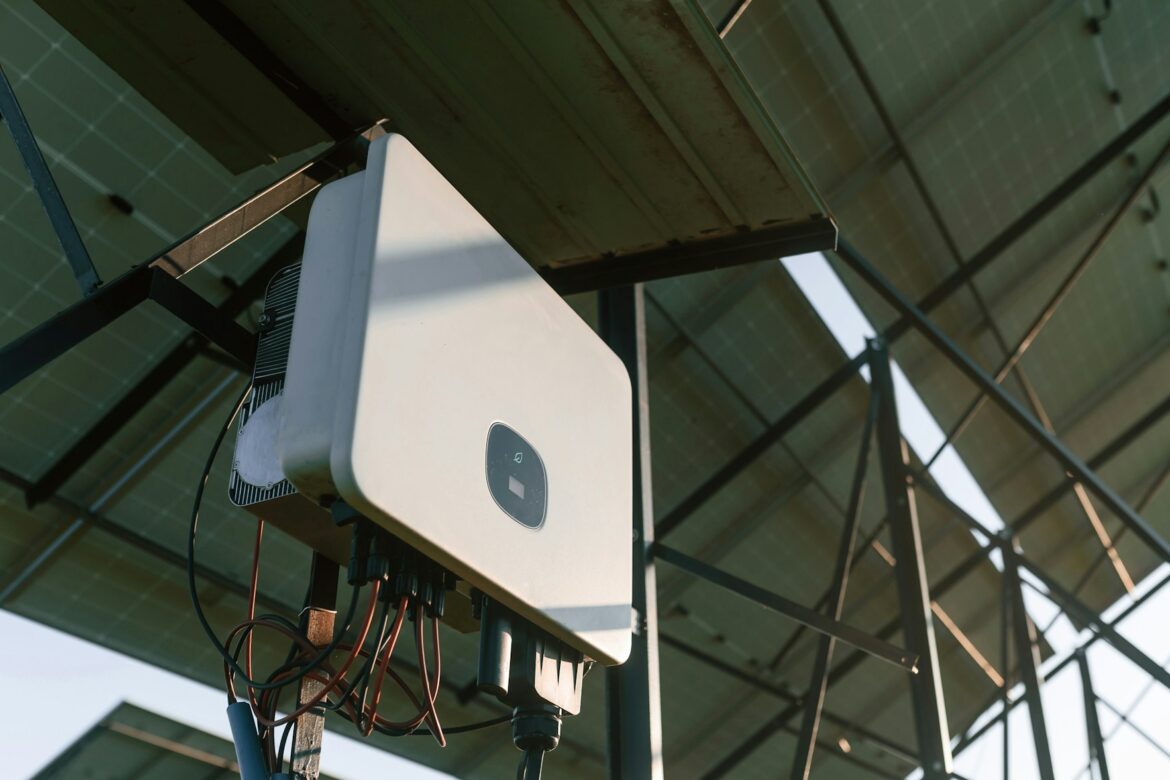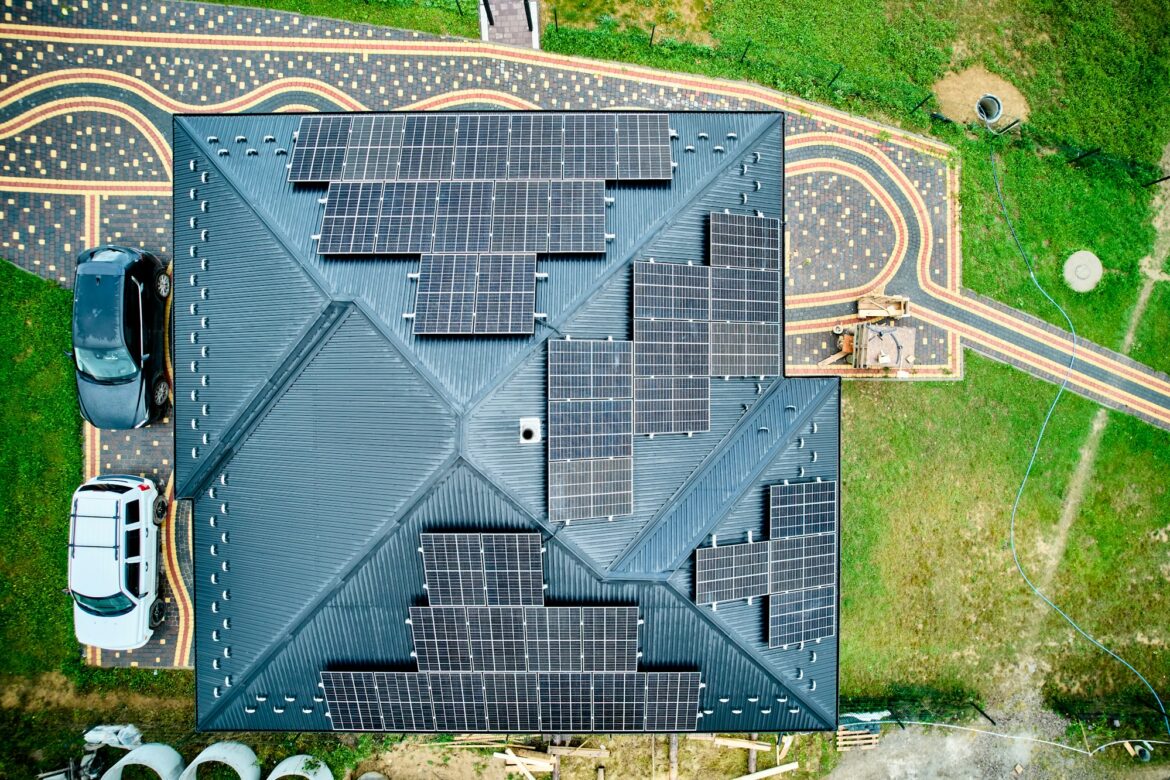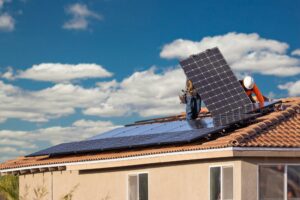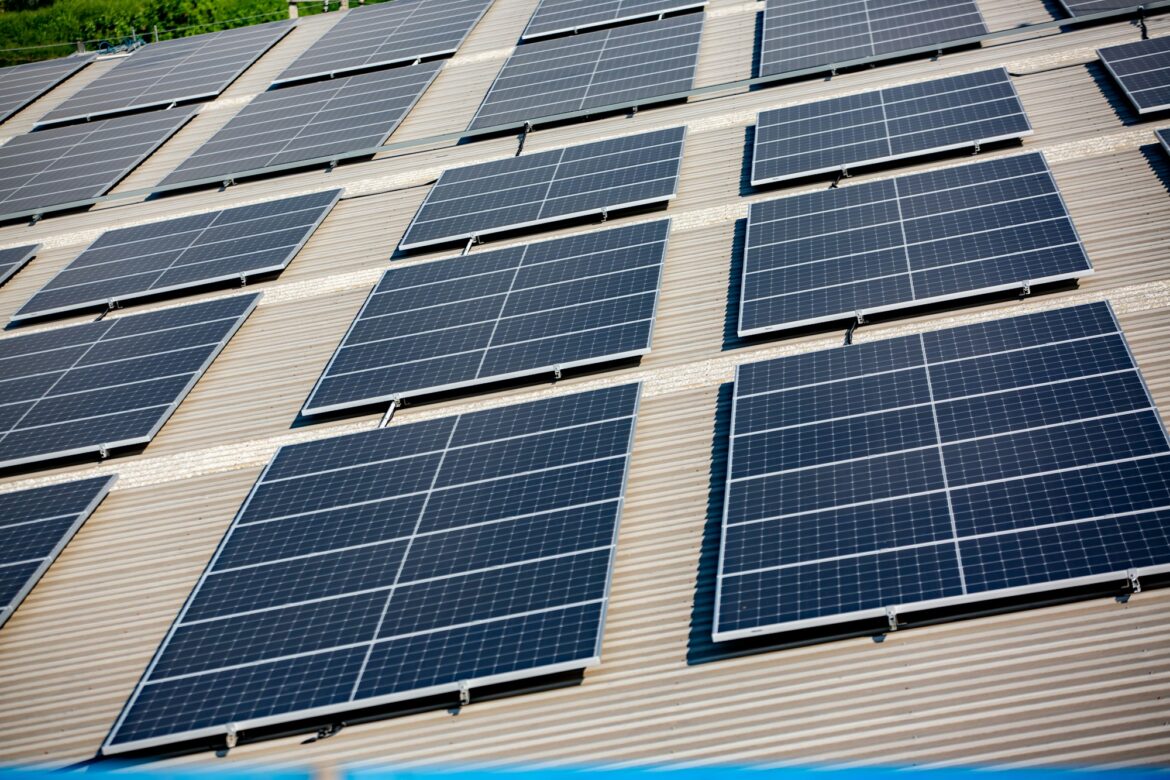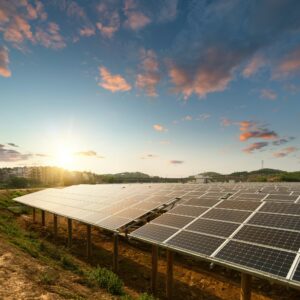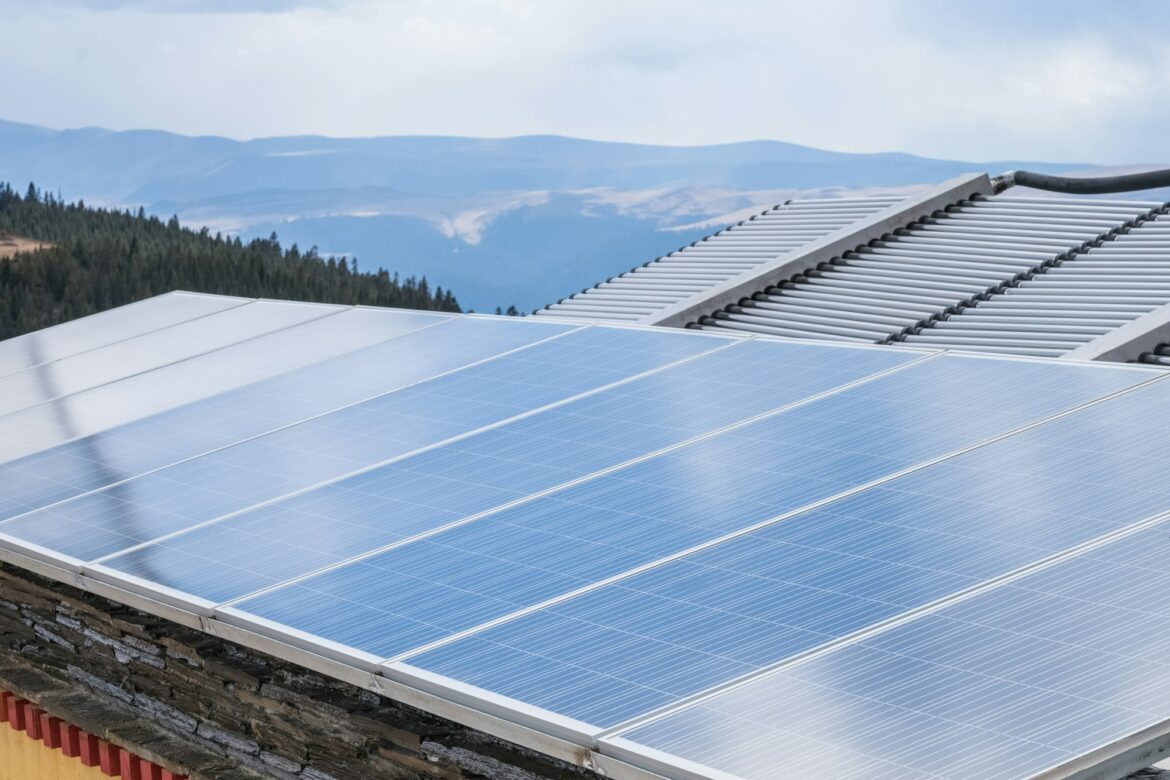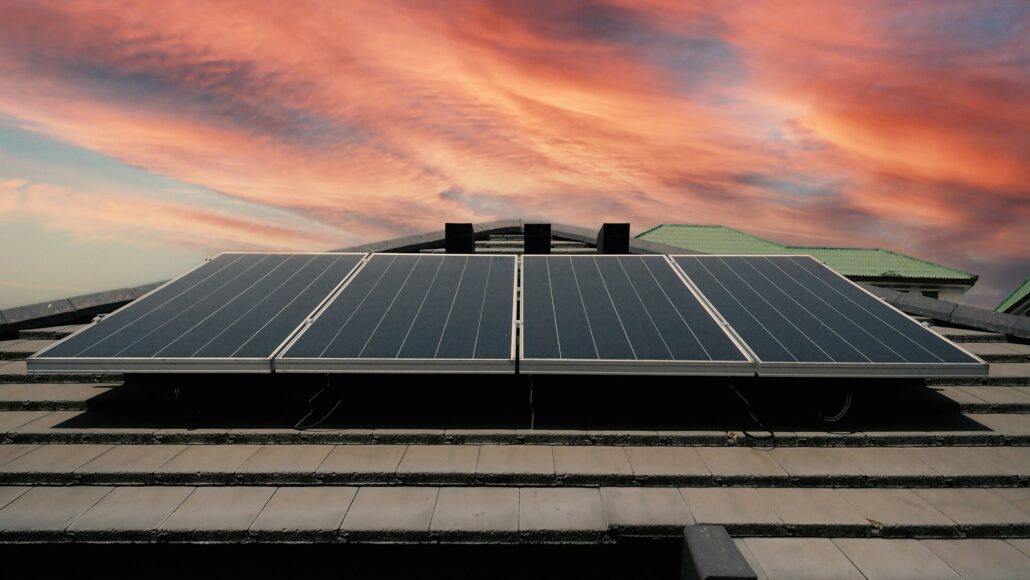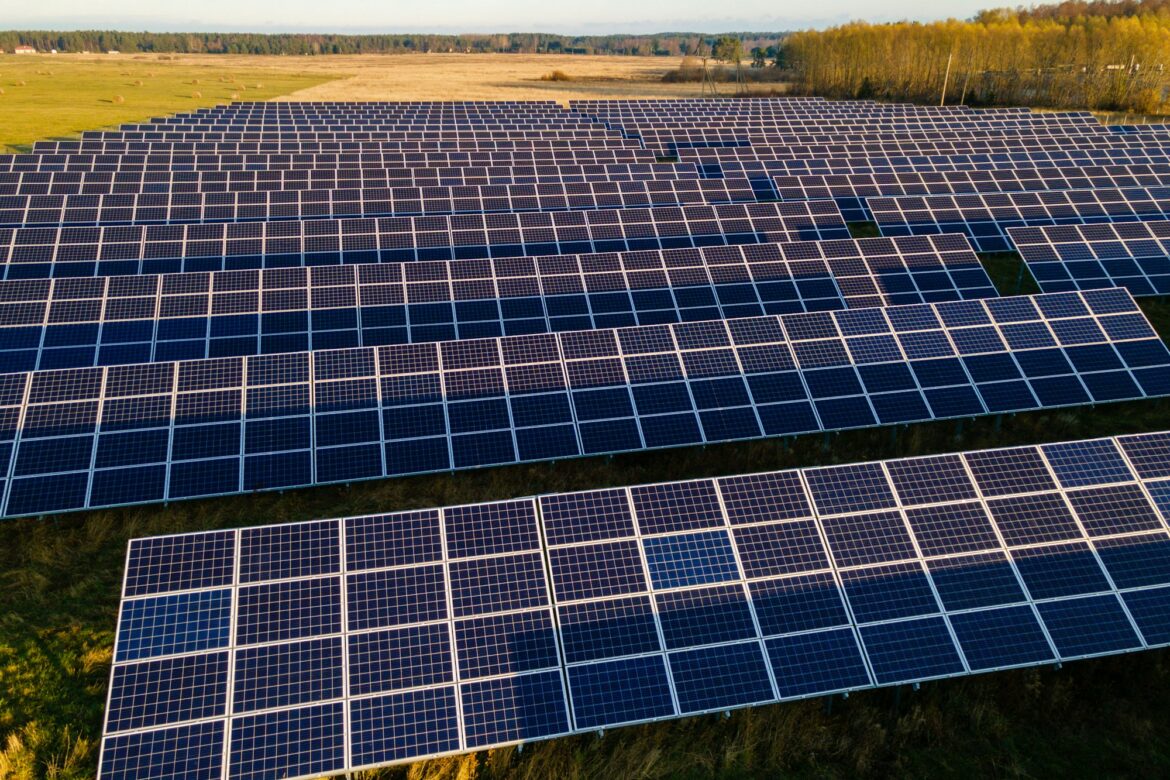Building-Integrated Photovoltaics: The Future of Sustainable Architecture
Building-integrated photovoltaics (BIPV) represents a forward-thinking approach in the field of sustainable architecture by integrating photovoltaic (PV) elements directly into building structures. Unlike traditional solar panels, which are often mounted on rooftops or nearby installations, BIPVs are seamlessly incorporated into the building’s envelope, serving dual purposes of construction material and energy generator.
In this article, we’ll explore examples of BIPVs as well as their advantages and disadvantages.
What are Building-Integrated Photovoltaics?
BIPVs are photovoltaic materials that replace conventional building materials in parts of a building’s structure, such as:
- Roofs
- Skylights
- Facades
- Windows
These materials harness solar energy to generate electricity while also performing the necessary structural functions, and BIPVs offer a more eye-pleasing and efficient way to incorporate solar power into buildings.
Pro Tip: As solar technology advances, making renewable energy an aesthetic part of the architectural design from the outset is a win-win solar trend.
For more solar trends in 2024, check out our article: Keeping Your Solar Panels Efficient During Winter Weather: What You Need to Know
Examples of Building-Integrated Photovoltaics
- Solar Roof Tiles and Shingles: Companies like Tesla have pioneered solar roof tiles that look like ordinary roof shingles but contain photovoltaic cells. These tiles blend seamlessly with traditional roofing materials while generating electricity.
- Photovoltaic Glazing: This technology involves integrating solar cells within window glass, allowing windows to generate power. Products like Onyx Solar’s photovoltaic glass can be used in facades, skylights, and curtain walls, providing both transparency and energy efficiency.

- Facade Integrated PV: Solar panels can be incorporated into the exterior walls of buildings. These can take the form of cladding or shading devices. An example is the Solar Facade at the Swiss Tech Convention Center, which features solar panels integrated into its south-facing facade, contributing to the building’s energy needs.
- Solar Canopies and Awnings: These are structures that provide shade while also generating solar power. Solar carports and awnings can be particularly useful in commercial buildings, offering both functionality and energy production.
Pros and Cons of Building-Integrated Photovoltaics
Like with any innovative technology, there are good points and bad points. Let’s explore the pros and cons of BIPVs.
Pros of BIPVs
- Aesthetic Integration: As previously mentioned, BIPVs offer a more visually appealing alternative to traditional solar installations. By integrating seamlessly into the building’s design, they maintain the aesthetic integrity of the structure.
- Space Efficiency: Since BIPVs replace conventional building materials, they do not require additional space. This makes them ideal for urban environments where space is at a premium.
- Cost Savings: Over time, BIPVs can result in significant cost savings. While the initial investment may be higher, these systems provide energy savings, reduce utility bills, and potentially qualify for green building incentives and tax rebates.

- Environmental Impact: By generating renewable energy on-site, BIPVs reduce the building’s carbon footprint and dependence on fossil fuels. This supports sustainability goals and contributes to a cleaner environment.
- Building Performance: BIPVs can enhance building performance by providing thermal insulation and reducing heat gain, contributing to better energy efficiency.
Cons of BIPVS
- Higher Initial Costs: The upfront cost of BIPV systems can be significantly higher than traditional building materials and standard solar panels. This can be a barrier for some projects, particularly those with limited budgets.
- Complex Installation: Installing BIPVs can be more complex and time-consuming compared to conventional materials. It often requires specialized knowledge and collaboration between architects, builders, and solar technicians.
- Maintenance and Durability: BIPVs must endure the same environmental stresses as the building itself. Ensuring the long-term durability and maintaining the efficiency of the integrated photovoltaics can be challenging.
- Technological Limitations: The efficiency of BIPV materials can sometimes be lower than that of traditional solar panels. Also, technology is still evolving, which means that some products may become obsolete as newer innovations emerge.
Wrapping Up
Building-integrated photovoltaics (BIPVs) represent a significant advancement in sustainable building practices, offering an innovative way to incorporate renewable energy generation directly into the architectural fabric of buildings. Their aesthetic appeal, space efficiency, and potential for long-term cost savings make BIPVs a compelling option for new constructions and major renovations.
It’s also important to recognize that traditional rooftop solar panels and on-site installations remain excellent and increasingly efficient options. These conventional solar solutions continue to offer substantial benefits, including lower initial costs and straightforward installation processes.
If you’re interested in harnessing solar energy, contact Gurr Brothers Energy today! Their expertise will ensure a smooth transition to solar energy, contributing to a more sustainable future while enjoying the economic and environmental benefits of renewable power.
Author: Hunter S.
Interested in Our Solar Services?
Give Gurr Brothers Energy a call today and let’s start powering your life with sunshine!


